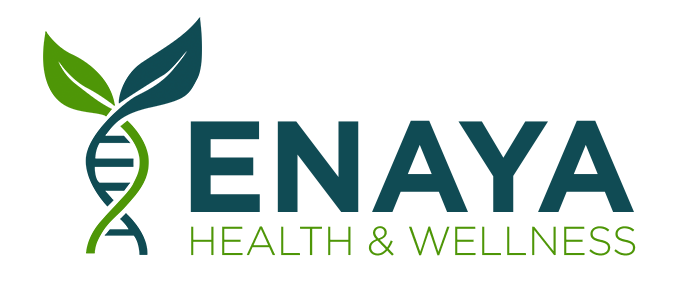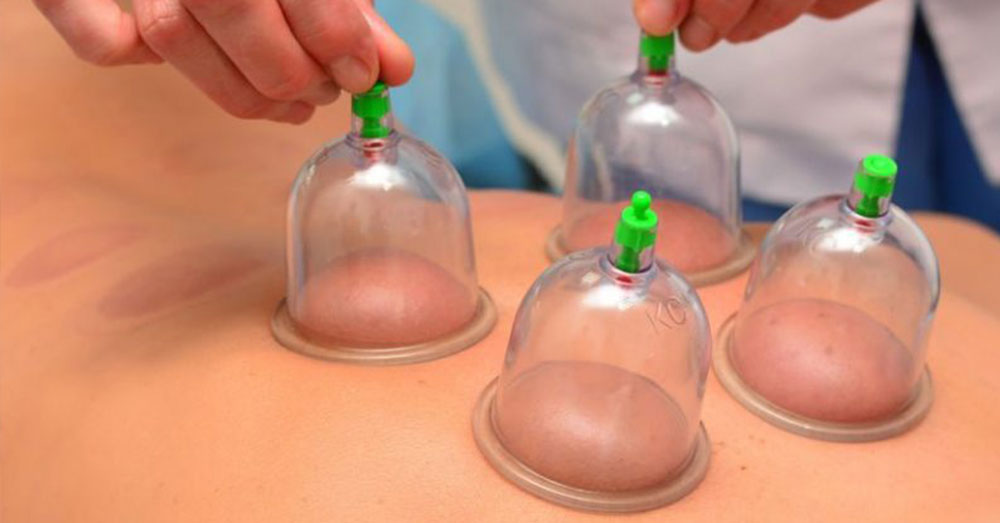During the 2016 Summer Olympics in Rio, Brazil, spectators stood in utter dismay when athletes Michael Phelps and Alex Naddour slipped out of their robes to reveal dark red bruises all over their bodies. The circles sat there like painful polka-dots, blemishing their backs and shoulders. News reports soon revealed to the public that these “bruises” weren’t dangerous at all; rather, they were a result of the athletes’ cupping therapy.
Though Phelps and Naddour flung cupping into news headlines all across the nation, the practice itself remains a mystery to many people in the West. In their eyes, cupping is as mythical and mystical as a potion concocted by Hogwarts wizards. So let us unpack this ancient Eastern medical practice and bring to light all the numerous health benefits it has to offer us. Here we go…

So, why don’t many health care practitioners recommend cupping?
The answer here is two-fold: mainstream doctors are either unfamiliar with this therapy or they doubt the scientific proof of its effectiveness. Medical therapy procedures are subject to randomized double-blinded placebo control studies. In layman terms, this is when scientists discern the inherent potency of a medication (usually pills) by giving one test group the actual pill and the second test group a sugar pill. The sugar pill is labeled as the actual medication, revealing to scientists whether or not the new medication is merely placebo—a substance absent of therapeutic effect. It’s a gold standard in medical research, and before healthcare providers promote a treatment, they must first ensure that it passes this particular test.
But here is the problem: cupping therapy cannot be tested in this way. We cannot contain it in a sugar pill; neither can we manufacture a placebo, cup-suctioning substitute for a blind audience. Either you undergo cupping therapy or you don’t. Because of this very testing limitation, we find that most health care practitioners overlook cupping therapy as a viable treatment plan.
Does this mean cupping is a no-go?!
Definitely not! There is no shortage of medical research suggesting the benefits of cupping therapy. Using the National Institute of Health (NIH) and the National Library of Medicine (PubMed) databases alone, a quick search of the treatment will generate over 300 studies. And their findings are revelatory. Here’s a titillating tidbit: cupping, as these studies suggest, carries a multidimensional role in various diseases, including acne, herpes zoster, paralysis, pain management, digestive health, migraines, as well as several others.
Let’s take migraines, for example—you know, that thing your co-worker is experiencing every time he dims the office lights, lies on his desk, and demands absolute silence. Migraines are sometimes compared to “giving birth through your forehead.” Beside pounding head pain, other symptoms of a migraine include nausea, vomiting, blurred vision, and complete debility to adult. Cupping, it seems, can actually reduce the severity and frequency of migraines by 66 percent! In a recent study, 95 percent of migraine-suffering patients showed a significant improvement in the severity of headaches after wet cupping. Amazing, isn’t it?
Another overlooked benefit of cupping is its laxative-like effect on children’s constipation. All too often, when soups and juicy fruits don’t do the trick and the bathroom battles persist, parents turn to standard laxatives. One of the most effective of these laxatives is Miralax-Polyethylene glycol. Now check this out: a recent study compared dry cupping to Miralax for treating children’s constipation, and it concluded that dry cupping of the abdominal wall is as effective as the laxative prescription, but without the side effects! Some patients reported neuropsychiatric issues and behavioral problems—paranoia, mood swings, aggression, and anxiety, just to name a few—in children after regular use of Miralax. So while cupping is unconventional, it’s a risk-free alternative to your child’s constipation issues… Just something to think about!
What other benefits can cupping offer?
Cupping is also evaluated in randomized clinical trial for the treatment of pain associated with herpes zoster (shingles). The study showed that the wet-cupping therapy was superior to western medication for shingles, and also reduced the incidence of post-herpetic neuralgia.
Cupping boosts the circulatory and immune systems, cleanses and detoxifies the body, improves pain, and relaxes muscles. It increases blood circulation, which can relieve muscle tension, improve overall blood flow, and promote cell repair. Although more studies are needed to fully investigate its mechanism of action, there is plenty of evidence supporting its place in therapy. Cupping is an excellent way to improve overall health, especially when coupled with lifestyle changes. It is also safest and most effective when performed by properly trained and certified practitioners.
Final words…
While dark, circular bruises aren’t the best accessory to your work outfit or party dress, they symbolize your commitment to risk-free, holistic healing practices. They symbolize your pursuit of wellness and vitality. So let cupping therapy be your elixir from all kinds of physical ailments you experience this year. Give it a try! It is risk-free, after all.



Recent Comments